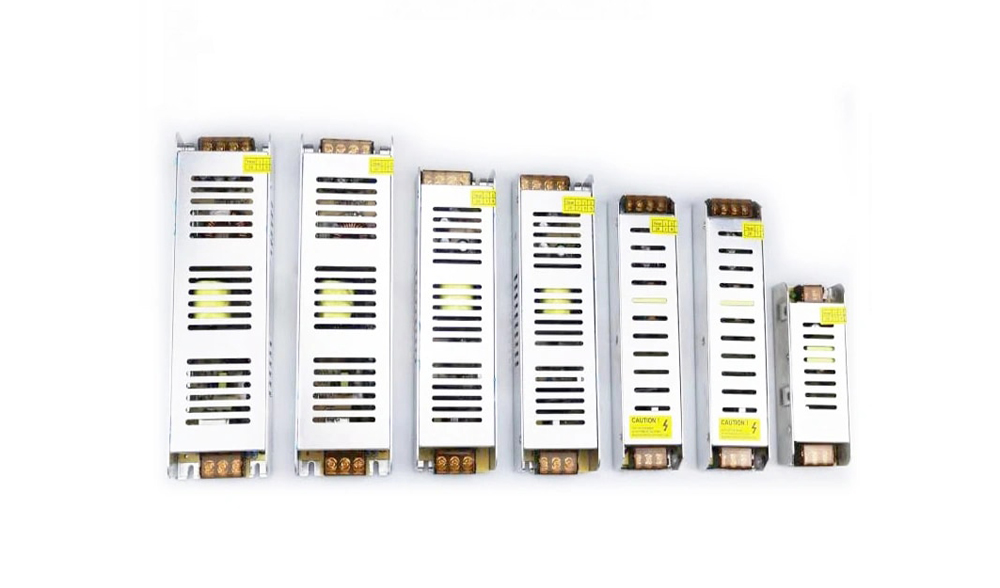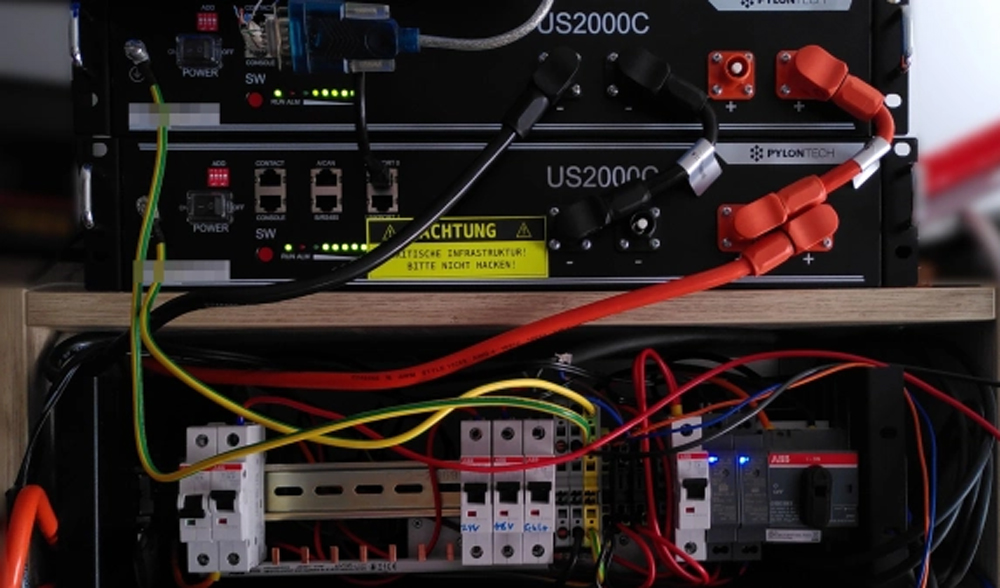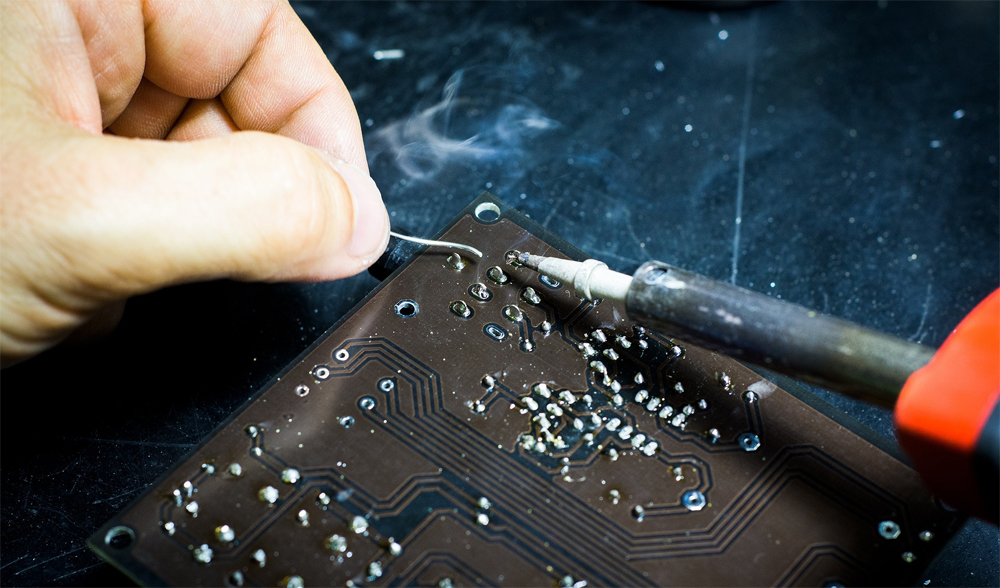Both linear power supplies and switching power supplies can be used to power DC electronic devices. Their work is to reduce voltage and convert AC current to DC current. Both the 2 types of power supplies can be used to lower and rectify power. But they do so in different ways, which makes them suitable for different applications.
Let’s start with linear power supplies. They are often used in scenarios where low noise and precision operation are required. They often come with heavy transformers and analog filters, which allow them to output clean voltages. But the disadvantage of linear power is that they are heavier, larger and with lower efficiency. They are often found in recording equipment, electronic musical instruments, medical equipment, and high-precision laboratory equipment.

Unlike linear power supplies, switching power supplies use many solid-state components for the modulation and regulation of voltage. They are mostly used for high-efficiency and high-current operations. They rely on the use of power transistors to implement high-frequency switching. Their output is noisy but power efficient. They are light in weight but more compact. They can be found in phone chargers, computers, manufacturing equipment and many other low-voltage electronic devices.
How a Linear Power Supply Works
The working process of a typical linear power supply can be concluded in the following steps:
- The voltage of the input high AC current will be reduced by a voltage transformer.
- The reduced voltage will then be rectified to pulsating DC voltages by a full-bridge rectifier.
- The rectified pulsating DC voltage signals will pass through a filter composed of inductors and capacitors. Smoothening filters will remove the signal fluctuation from pulsating DC voltage, making them more applicable for sophisticated electronics.

How a Switching Power Supply Works
A switching power supply works differently with a linear power supply. A typical switching power supply works in the steps as follows:
- Through a circuit protection module consisting of a fuse and an EMC filter, the high-voltage AC current enters the power supply. In this process, the fuse is used for overvoltage protection, while the EMC filter is used to filter the AC signal ripples to protect the circuit from any affect.
- After ensuring that the circuit is well protected, the high-voltage AC will pass through the second module which consists of a full-bridge rectifier and a smoothening capacitor. The AC current will be converted to a pulsating DC by a full-bridge rectifier. It will then be smoothened by a capacitor.
- The high voltage DC current will then flow through a PWM driver, which will take feedback and control the power MOSFET and adjust the voltage through a high frequency switch. In this process, the straight DC current will become AC square waves due to switching.
- The AC square waves would then pass through a bridge rectifier and transform the signal into a pulsating DC, which will then go through a smoothening filter. Signals will be sent through the final output to the PWM driver, resulting in a feedback loop that adjusts the output voltage.
Comparison between a Linear Power Supply and a Switching Power Supply
In different electric or electronic products, the reasons why a linear or switching power supply will be chosen is decided by the consideration of noise, efficiency, reliability and reparability, size, weight and cost. Here we’ll introduce to you their performance and how their availability are affected by the different way power has been treated.
Noise and Ripple
Although less efficient, a linear power supply can make up for their stability, cleanliness, and low noise level. Linear power supplies can process electricity in a smoother and non-switching manner by using analog elements. As a result, their output can be characterized as low ripple and low noise.
However, switching power supplies that rely on low-voltage high-frequency switching to reduce heat and achieve higher efficiency will produce a great amount of signal noise. The amount of signal noise produced is determined by the design and quality of the switching power supply product.

Energy Efficiency
No matter how it is generated, electricity has to go through a series of electrical and electronic components after it is generated. As a result, the process of rectifying and regulating voltage will always be inefficient. What should be considered is that how much will be lost.
A typical switching power supply can achieve an efficiency of 80-90%. They achieve this high efficiency because they use smaller but more efficient components to regulate voltage through high-frequency and low-voltage switches. Common linear power supplies use larger and less efficient components. As a result, the efficiency they can achieve is often as low as 50-60%.

Reliability and Reparability
Linear power supplies can provide a more stable output because they use fewer easily damaged components. Their simpler design and the use of more common electronic components make them easier to repair.
Switching power supplies, on the other hand, contain more sophisticated components and are therefore more susceptible to damage than linear power supplies. However, with the use of high-quality components and better product design, today’s switching power supplies have the same reliability as linear power supplies. However, if a switching power supply fails, it will be more difficult to repair than a linear power supply.

Cost Efficiency
Even though the cost of making semiconductor components is high, linear power supplies have historically been more cost effective than switching power supplies because of simpler designs and the use of fewer components.
However, as the demand for semiconductor components continues to rise, the cost of manufacturing solid-state components is much lower than before. As a result, this makes many switching power products more cost efficient than linear power supplies.
Size and Weight
The size and weight of a power supply can seriously affect its applicability in miniaturized electronic devices. The production of linear power supplies tend to use bulkier components. As such, unless used as chargers, they are unlikely to be used in discreet electronic devices.
Compared with linear power supplies, switching power supplies tend to use smaller and lighter components. This allows them to be designed to be small enough to be used in minimized devices. They also tend to be more power-efficient, so they can be used in a wide range of handheld electronic devices.
Select the Correct Power Supplies
So, this is an introduction and comparison between linear power supplies and switching power supplies. To ensure the safe use of any devices to be powered, ensure that they always use their original power supplies. And if a power supply is required, select the compatible power supplier products based on their original power supply type.
